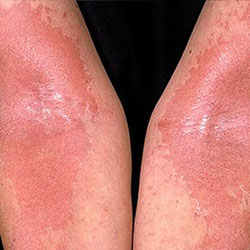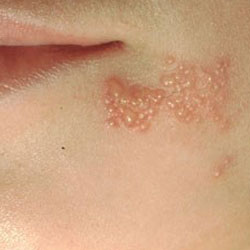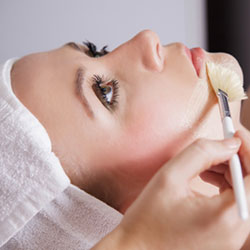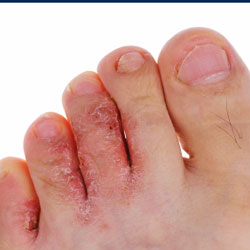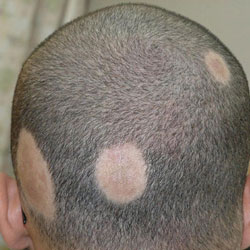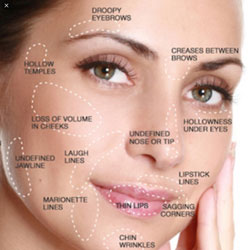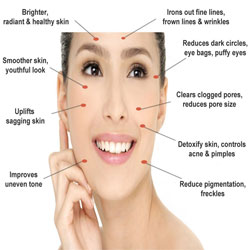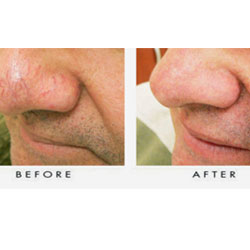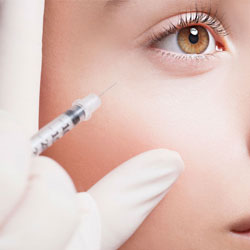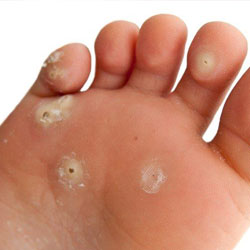
Fungal skin infections
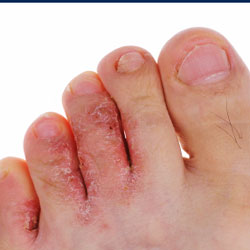
Athlete's foot (Tinea pedis)
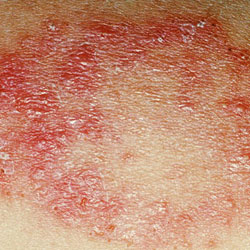
Ringworm on your scalp (Tinea capitis)
Fungal skin infections
Fungal skin infections are caused by different types of fungi and can be a common culprit of itchy skin.
Fungi invade and grow in dead keratin, a protein that makes up your skin, hair and nails. The different types of fungal infections are divided into groups based on what type of fungus is involved.
a) Athlete's foot (Tinea pedis)
It's caused by a fungus that grows in warm, damp areas of skin, such as between your toes. The infection makes your skin itchy, flaky and red. The soles of your foot can also become dry and scaly. You might get blisters too.
You can pick up athlete's foot if you walk barefoot on damp, contaminated floors such as communal shower areas, swimming pools or saunas. If you don't wash your hands after you touch your feet, Athlete's foot can spread to other parts of your body.
b) Ringworm on your body (Tinea corporis)
This usually affects parts of your body that are exposed, such as your arms, legs or face, and it causes a red, ring-shaped rash. Ringworm can spread with close contact. You can catch it by touching somebody who already has ringworm, or by touching contaminated items, such as clothing or bedding. Farm animals such as sheep and cattle carry the fungi that cause ringworm, as well as domesticated pets like cats and dogs.
c) Ringworm on your scalp (Tinea capitis)
You can get this at any age, but it mostly affects children. Ringworm can affect any part of your scalp but you usually get patches of it. Symptoms can be similar to those of ringworm in your groin and body and your scalp will look scaly and can feel itchy. You may also develop a pus-filled area on your scalp, called a 'kerion'. During the infection, it's possible that your hair may fall out and leave bald areas but it usually grows back once you treat the infection.
You can get ringworm on your scalp by sharing a contaminated hairbrush or clothing used by somebody with the infection.
d) Intertrigo
Intertrigo is a yeast infection that you can get in the folds of your skin, such as on your abdomen (tummy) if you're overweight. If it affects an area where your skin presses or rubs together, then it may cause chafing. If you have intertrigo, your skin may turn red or brown and if it's very moist, it can start to break down.
e) Pityriasis versicolor (Tinea versicolor)
It is quite common and usually affects young adults, particularly men. If you have pityriasis versicolor, you may get patches of scaly, mildly itchy and discoloured skin on your back and torso. This is usually a pink or brown colour. If you have darker skin, it may lose some of its colour.

